We install the dishwasher in the countertop and furniture
 When planning the interior composition of the kitchen, the designer accurately calculates where each element of the interior will be located to the nearest centimeter. A sketch of the pieces of furniture and equipment is sketched, the dimensions are put down, and only then this sketch creates a real kitchen - this is an ideal option. In this case, the place for the dishwasher and its communications is calculated in advance, in the end you just have to buy and stick the “iron” assistant in place.
When planning the interior composition of the kitchen, the designer accurately calculates where each element of the interior will be located to the nearest centimeter. A sketch of the pieces of furniture and equipment is sketched, the dimensions are put down, and only then this sketch creates a real kitchen - this is an ideal option. In this case, the place for the dishwasher and its communications is calculated in advance, in the end you just have to buy and stick the “iron” assistant in place.
Most often, unfortunately, it happens differently. First, we make repairs in the kitchen: we buy and install furniture, all the necessary household appliances, establish daily life, and then suddenly remember that it would be nice to buy a dishwasher as well. By the time such a decision was made, there wasn’t any free space for the car in the kitchen, and the dimensions of the “dishwasher” were very significant in order to stick it “somewhere off the counter”. We have to make non-standard decisions, which we will talk about in the article.
Where can I build a dishwasher in a finished kitchen?
First you need an idea ... Indeed, before you start the installation of the dishwasher and make calculations that precede such installation, you need to figure out where we will push the “dishwasher”. There are no obvious places, so you have to redo something, and possibly sacrifice the functionality of some elements of the kitchen set. There are three possible options.
- Embed the “dishwasher” in the niche under the countertop, having previously removed the floor cabinet
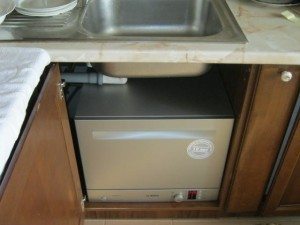 or some kind of household appliance, such as a washing machine.
or some kind of household appliance, such as a washing machine. - Embed the dishwasher under the countertop directly into the floor cupboard, after having remade it.
- Mount the dishwasher directly into the sink, while the sink, most likely, will have to be redone a bit.
This is perhaps the main list of options for the "integration" of the dishwasher in the finished kitchen. There are still special cases when it is possible to install the dishwasher in strong hanging cabinets, but this is rather the exception to the rule.
Important! When planning the installation of the dishwasher in the finished kitchen, consider not only the dimensions of the cabinet, sink or niche, but also the options for connecting communications to it.
What is the best way to prepare for the installation of a “dishwasher"?
You need to prepare the tools and materials necessary for installation only after you have managed to plan where and how you will put the dishwasher, and how you will connect hoses and electrical communications to it. We will talk about the nuances of editing a little later, and now we will list what we may potentially need and we will start with tools. We will need:
- a small adjustable spanner (so that it would be convenient for them to crawl into hard-to-reach places and tighten the nuts);
- pliers (may not be useful, but if something happens they can be very convenient to grab some fasteners and pull them up);
- a set of screwdrivers (basically you need a large flat screwdriver and a Phillips screwdriver);
- laser or conventional roulette (laser measures more accurately and is more convenient to work with);
- a drill (required to make holes for new fasteners when remaking furniture);
- screwdriver (may be required for twisting and unscrewing screws from furniture).
Note! If you are used to twisting self-tapping screws with your hands, then you can do without a screwdriver, but this is not so convenient.
The tool, as you can see, is very simple. All this can be found in the garage or pantry of any normal owner who at least sometimes does something about the housework. In addition to tools, some materials are also needed, the list of which will also depend on the specific situation. They will have to take a walk to a specialty store. What might be required?
- Moisture-proof euro socket.
- High-quality socket.
- Three-core copper wire (usually no more than 2 m long).
- Automatic machine for household electrical networks.
- Tee wiring for a plastic water pipe with a tap.
- Any winding for plastic pipes.
- Rubber gaskets in different sizes.
- Horizontal siphon with outlet for drain hose.
- Packing plastic clamps.
If you care about the safety of household appliances in your kitchen, you need to add a stabilizer to this list. You can read more about these irreplaceable devices in the article, how to choose a stabilizer for a washing machine. Usually, for the dishwasher and washing machine, they buy and install one common stabilizer, thus protecting both “home helpers”.
We build in a “dishwasher” under the tabletop cover
If under the cover of the countertop of your kitchen unit there is a floor cabinet, which is a bit wider and deeper than the built-in dishwasher in height, then there is nothing easier to dismantle it, and put a “dishwasher” in this place. When cleaning the cabinet, calculate the distance for water and electrical communications. If the distance to the water supply and sewer lines is too large (more than 1.5 meters), look for another option. So, we do the following.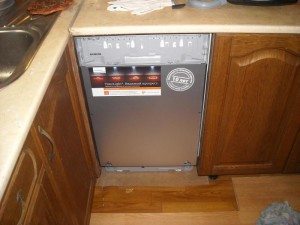
- We remove the cabinet doors, unscrewing all the fastenings from the side walls.
- If the cabinet has its own walls, then we unscrew the mounting corners and remove these walls.
- Unscrew the legs and remove the base of the cabinet.
- We remove the back wall.
- We carefully measure the niche that has formed, we substitute a dishwasher for it, and we wonder whether it will go there in width and height.
- We connect the inlet hose through the tee to the pipe.
Note! If the size of the hose that comes with the machine is insufficient, you can buy a longer hose.
- We connect the drain hose of the dishwasher to the side outlet of the siphon.
- We plug the power cord into a power outlet and make a test run of the machine.
If your kitchen does not have a normal outlet for connecting a dishwasher, you will have to do it. We turn off the electricity and disassemble the socket from the electric stove. Using a tester screwdriver, we find the mass and zero wires. We connect a piece of pre-prepared copper wire through the terminals and drive it to the right place. We fasten the wire to the wall using a special mount. Next, we install a sock and a moisture resistant euro outlet. We connect the withdrawn wires to the machine, and then to the contacts of the outlet, we enclose the wire in a plastic cable channel.
We described one of the options for simple installation of the outlet, although there are other safe circuits that you can easily use. If you are afraid to work independently with electric networks, involve a professional electrician in this work.
The next option for installing the dishwasher under the cover of the countertop involves the partial preservation of the floor cabinet. It will not be possible to leave untouched furniture, but its appearance will be preserved. We do such a job.
- Open the doors of the floor cabinet wide open.
- We remove all internal shelves, partitions and mounts for them.
- If the "dishwasher" is not included in the cabinet in height, then we remove its bottom and legs, as well as the back wall.
- We leave only the doors with side walls, pretend to be a dishwasher in size, make sure that it comes in.
- Next, you will need to order the front panel, which will close the bottom of the dishwasher exactly under the doors and fasten it with the corners.
- Now it remains to connect the “dishwasher” to the communications, put it in a cupboard and start a test wash.
We build the dishwasher into the sink
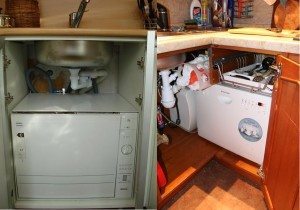 If the dimensions of your sink in the kitchen allow you to stuff a dishwasher into it, you can do this, only the sink will have to be prepared a little. In this case, we will not touch the cabinet walls, nor the sink, nor the front part. Our primary task is to remodel the interior so that the “dishwasher” would enter without any problems, and the siphon, first of all, bothers us.
If the dimensions of your sink in the kitchen allow you to stuff a dishwasher into it, you can do this, only the sink will have to be prepared a little. In this case, we will not touch the cabinet walls, nor the sink, nor the front part. Our primary task is to remodel the interior so that the “dishwasher” would enter without any problems, and the siphon, first of all, bothers us.
The standard siphon is fixed to the drain hole of the sink, and its body goes from such a hole down vertically directly to the drain pipe. Most likely, it will interfere with the normal installation of the dishwasher, so we need to replace it with a special horizontal siphon, the casing of which is adapted just for this case. We fasten a new siphon, while removing everything from the sink that may interfere with the installation of the machine. We install the machine, connect and check it.
Important! The sizes of standard dishwashers rarely correspond to the sizes of standard sinks, most likely you will have to choose a narrow or even compact machine for washing.
In conclusion, it is quite difficult to mount the dishwasher in the finished kitchen under the countertop or in the sink. It is necessary to calculate the dimensions of the formed niche, taking into account the thickness of the walls, correctly measure its depth, calculate the distance to the place of connection of communications. But in general, this work is quite do-it-yourself. Good luck
Interesting:
Reader Comments
- Share your opinion - leave a comment
Headings
Washing machine repair


For buyers
For users

Dishwasher

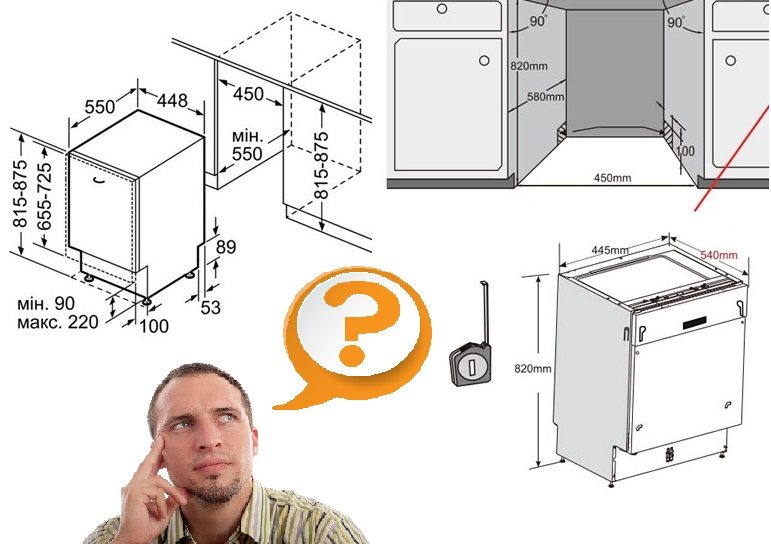
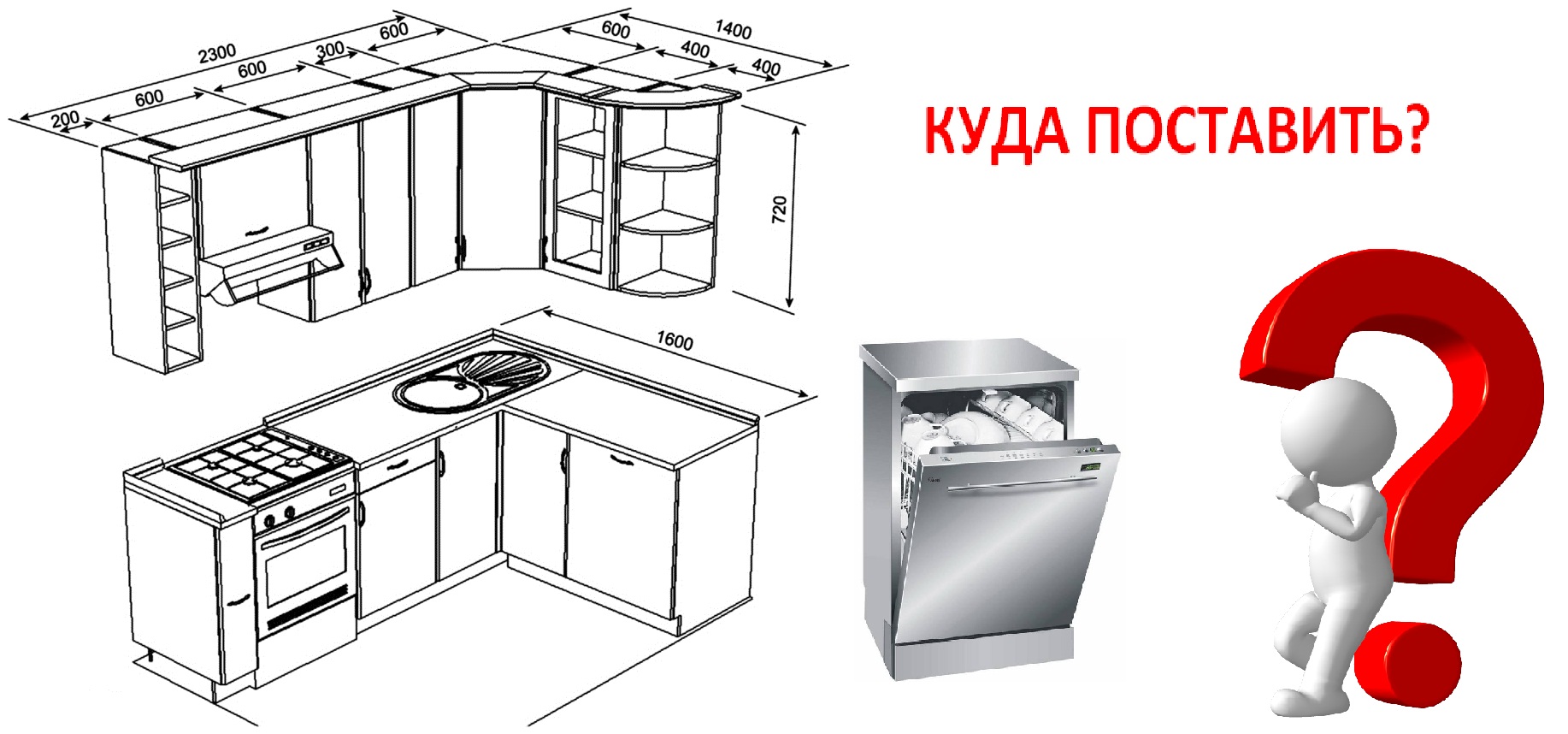
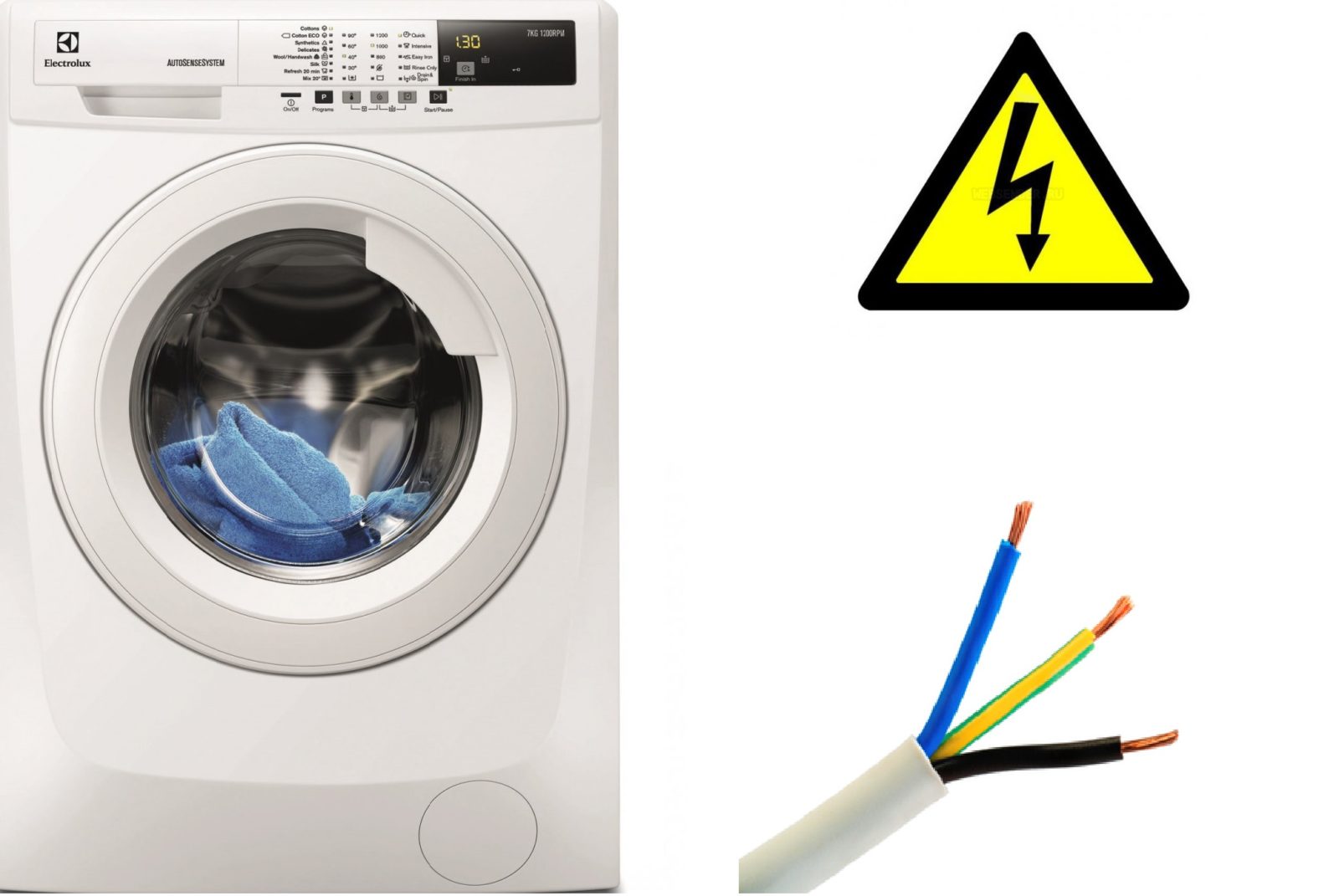
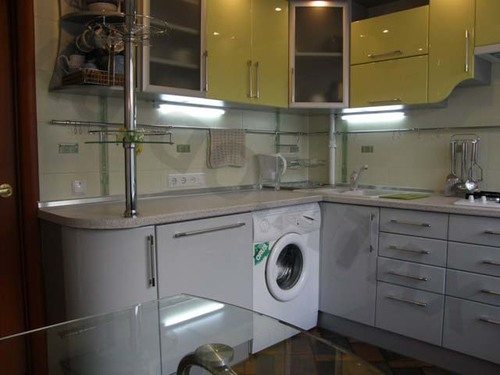
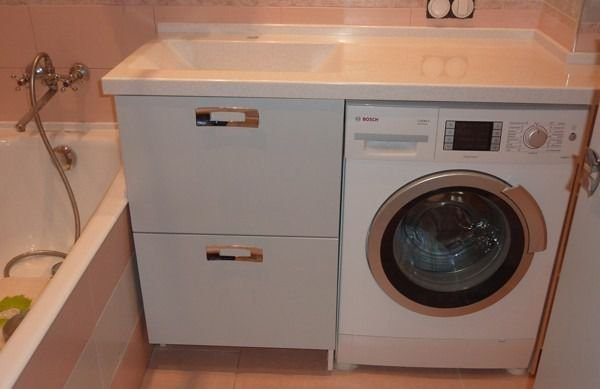












Add a comment